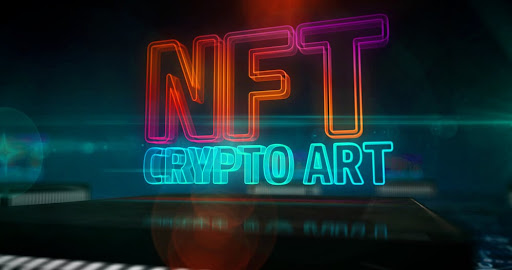Quick take:
- The Italian government plans to halt the digital sale of its masterpieces.
- This follows the recent €240,000 sale of NFT of Michelangelo’s work from which Florence-based art gallery Uffizi received €70,000.
- The Milan-based company, Cinello which has a 5-year agreement with Uffizi minted the work, allocating €100,000 to project costs.
The next frontier of art may be based on Web3 technology but the traditional market is not about to let go easily. While some museums and galleries have embraced the digital transition to collaborate with Web3 companies in the era of NFT art, several others still prefer to do things the old way.
Italy is home to some of the most iconic masterpieces, but recently, copies of those special artworks have been finding their way to the new and exciting world of non-fungible tokens (NFTs).
NFTs are digital representations of art, video and collectibles stored in the blockchain. They provide an easier way of authenticating masterpieces as well as proving ownership.
However, the Italian government seems to be worried about the potential impact NFTs could have on its cherished masterpieces.
On Friday, Massimo Osanna, the director-general of museums in Italy said the government is planning to halt the digital sale of its iconic artworks following a recent incident involving one of Michaelangelo’s masterpieces. An NFT of Michelangelo’s Doni Tondo sold for €240,000, with the host gallery, Florence-based Uffizi receiving just €70,000 of the fee.
According to the transaction records, the company received 50% of the profits with the Milan-based Cinello, which minted the work also pocketing €70,000.
The Web3 company reportedly allocated €100,000 to expenses associated with the creation of the NFT. This raised concerns about the terms of the contract, which stated that “income due to the reproduction of the image is split in half between the company and the museum; the Cinello copy made about €140,000 [on the sale], so the Uffizi received €70,000”, said a Uffizi spokesperson.
In May, the Italian newspaper La Repubblica posed a series of questions about potentially losing the heritage of the country by letting copies of its iconic masterpieces be sold as NFTs.
“Who owns Michelangelo’s Doni Tondo? Who has the legal rights linked to the work? If the buyer ever decides to exhibit it, can he do it without the permission of the Uffizi? Basically, do we not risk losing control of our heritage in a time when we are increasingly moving towards the metaverse?”
But Osanna could not provide a comprehensive answer to the questions this week amid a lack of a clear regulatory framework.
“Given that the matter is complex and unregulated, the ministry has temporarily asked its institutions [museums and archaeological sites] to refrain from signing contracts relating to NFTs. The basic intention is to avoid unfair contracts,” he said.
Stay up to date:





